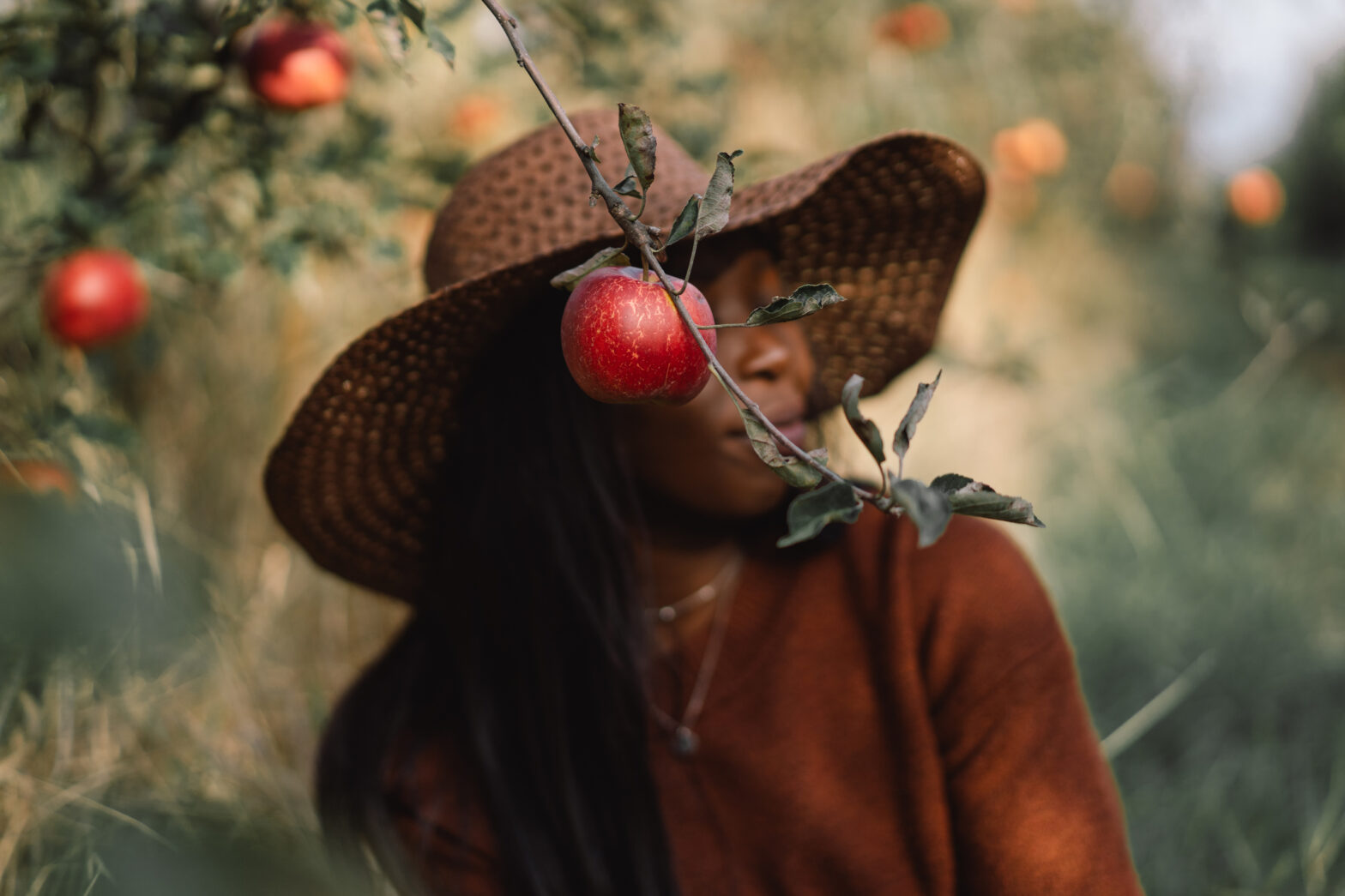The best way to experience food when traveling is by eating what the locals eat. This is especially true when visiting Trinidad, a country where the locals take their food very seriously.
Trinidadian food is a representation of their history and diverse culture. The traditional Trinidadian foods are influenced by West African slaves as well as East Indian, Portuguese and Chinese indentured laborers that were brought to the island and forced to start a new life.
Today, many Trinidadians continue to stay true to their traditional foods. So, if you’re interested in eating like a true Trinidadian local, here are some foods you should try.
Doubles
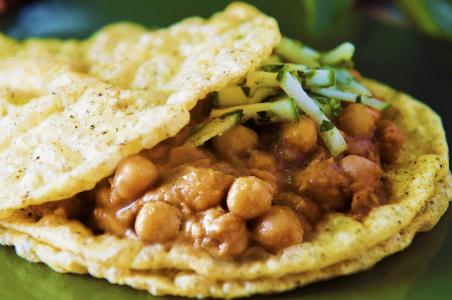
Start your day off by eating this popular breakfast food.
Doubles are made from two pieces of bara (fried dough) filled with curried channa (chickpeas). You can choose to get pepper sauce amongst other sauces on it (when in doubt, get the sauce). Be aware to let the vendor know if you want your pepper sauce slight, medium or “plenty”.
You can buy doubles from street vendors across Trinidad and you have to eat it on the spot for the real Trini experience.
Trinidadian-Chinese Food

There are a lot of Chinese immigrants in Trinidad, which led to the explosion of Trinidadian-Chinese food.
A fusion of Chinese and West Indian foods made up of heavy starches, sauces, meat, and spices, Trini-Chinese food will be a meal to remember.
Corn Soup
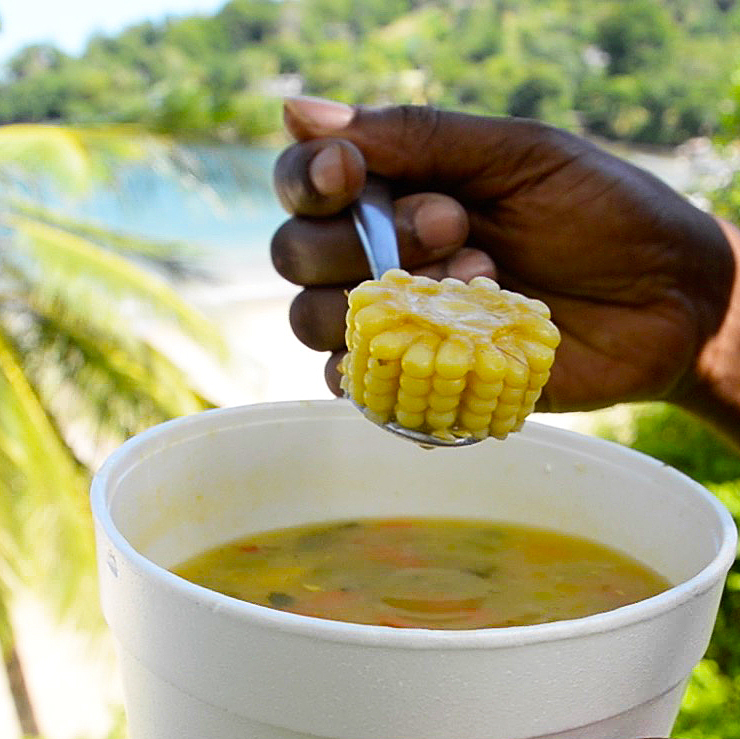
This is definitely a favorite amongst locals after leaving a fete (party) or the club. Corn soup is a street food normally served in a styrofoam cup and waiting to satisfy your late-night hunger.
This thick, creamy soup is made with corn, dumplings, split peas and provisions (traditional root vegetables).
Pelau
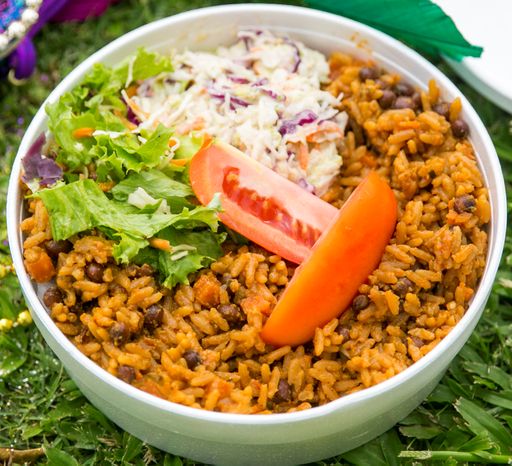
Pelau is historically a Creole meal consisting of rice, chicken or beef, pigeon peas, coconut milk, and scotch bonnet pepper. This traditional rice dish is normally eaten for lunch.
All of the ingredients are combined and cooked in one pot. This meal is usually served with coleslaw.
Macaroni Pie
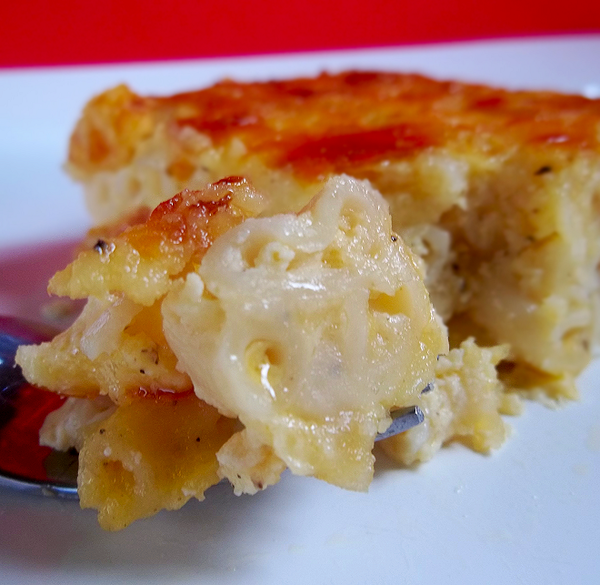
Comfort food for many Trinidadians, macaroni pie is commonly eaten as a side dish during Sunday lunch. It is comparable to baked macaroni and cheese in the U.S. with a few exceptions. Trini macaroni pie is made with macaroni, Trini cheddar cheese, eggs, evaporated milk, white pepper, grated carrots and onions, and herbs.
Add some gravy from whichever meat you’re eating (stew chicken, curry goat, curry chicken…etc.) to really eat like a local!
Callaloo
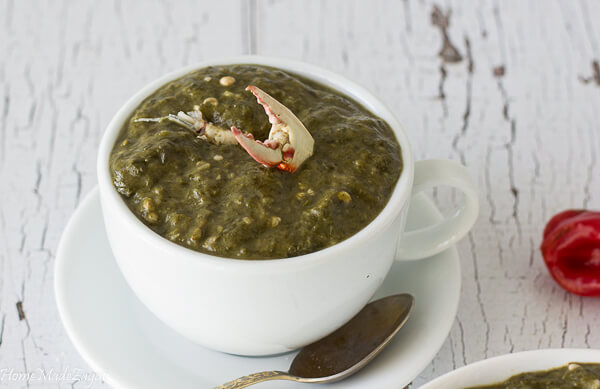
It can be debated whether callaloo is a soup or a side dish, either way, it is a quintessential Trinidadian food.
Callaloo, along with macaroni pie, is must-have for a traditional Sunday lunch in Trinidad. This dish is made from dasheen (a type of green), okra, pig tail, onions, pimento and scotch bonnet peppers, and coconut milk.
This food originates from the West African slaves that were brought to Trinidad.
Roti
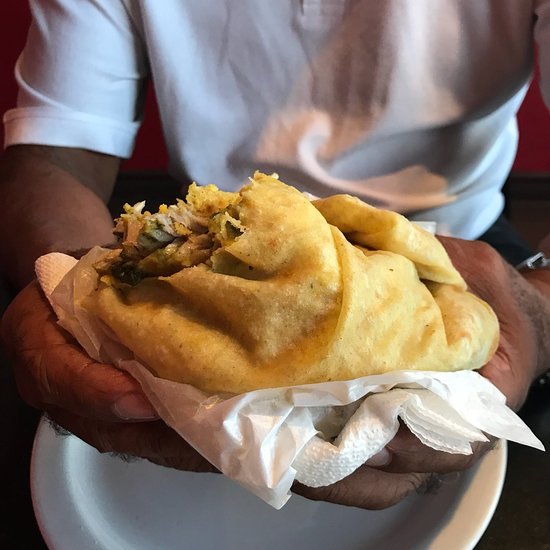
Roti is a Hindu word used to describe bread. This food was brought to Trinidad when the East Indian indentured laborers arrived on the island in the 1800s.
You can eat roti in two ways: dipping it into your food or eating is as a wrap. Buss-up-shut roti is the type to eat when dipping in curry and dhal puri is the type you stuff with curry and eat like a wrap.
There are many variations of how you can eat a roti and there is no wrong way.
Aloo Pie
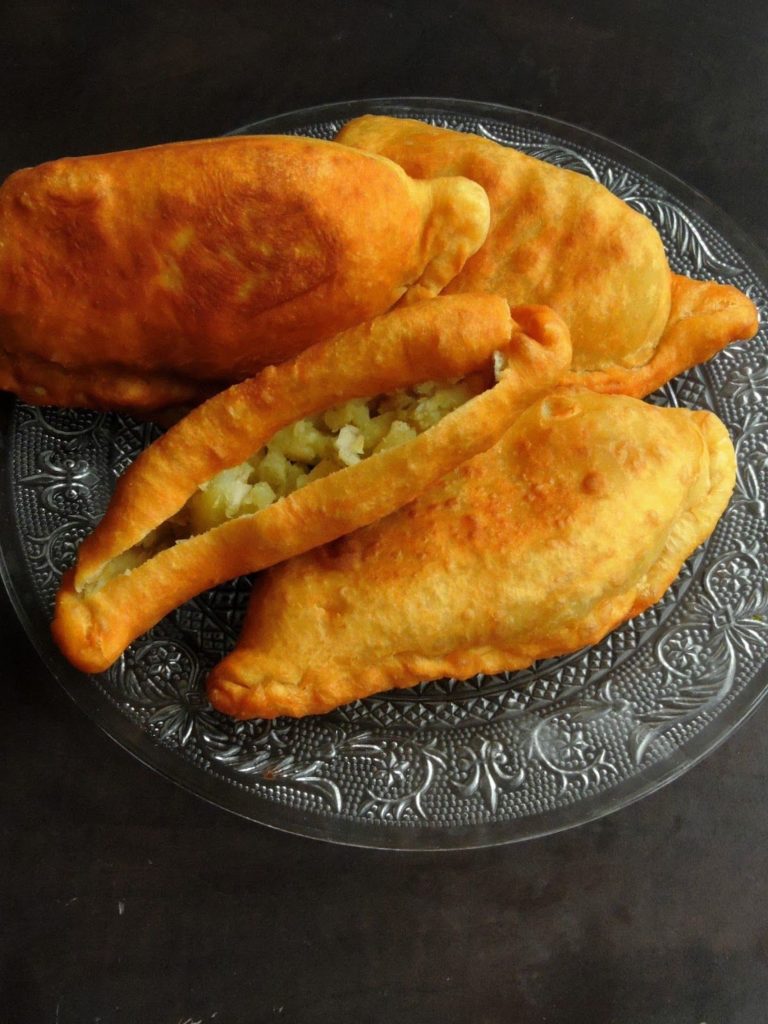
This is another popular street food with an East Indian influence — Aloo is the Hindi word for “potato”.
An aloo pie is a fried pastry made from flour and water and then filled with seasoned mashed potato. It is reminiscent of a samosa except larger in size.
Mango Chow
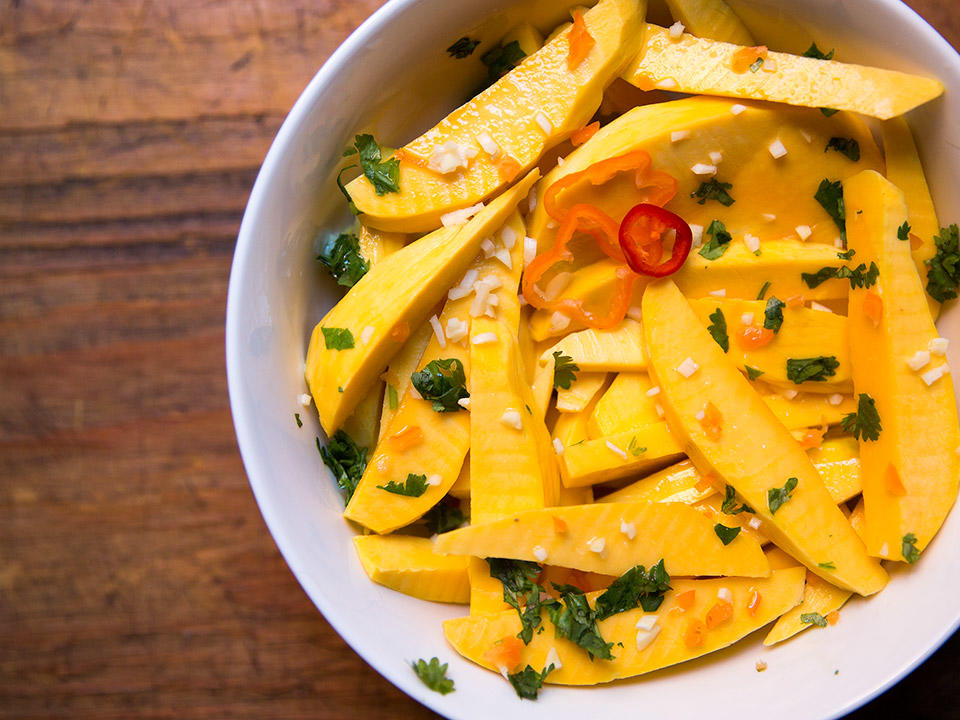
Mango Chow is a popular snack amongst locals made from green (unripened) mangoes.
Chow is normally eaten in a bowl with your fingers. It is a savory approach to eating mangoes by mixing limes, scotch bonnet pepper, garlic and shado beni (comparable to cilantro) with unripened mangos.
You will be sure to lick your fingers with delight.

